Meeting Hom, our sponsored child in Thailand!
Marine is sponsoring Janyawan (Hom), a little boy from Thailand. During her trip to Thailand, she visited him at his school…
Hidden away in the northwestern corner of Cambodia, far from tourist routes and stereotypes, Banteay Chhmar is a magical and mysterious place surrounded by greenery of which the temple is the heart and soul.
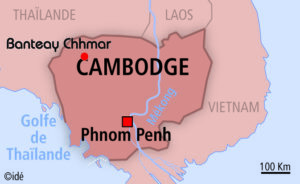
Early in the morning, the sun is just reaching the top of the little temple’s green moat. The waterlilies are gradually opening their petals, and children walk slowly towards the school – or rather to the kindergarten serving 3 to 5 year-olds built by Children of the Mekong, their bellies full of a small helping of rice. The colours of Cambodia stand high under the red sun : blue and red stripes and the three white towers of Angkor Vat temple. The children – with varying levels of confidence – are singing the Cambodian national anthem as loud as they can in their high pitched voices. Once they’ve finished their song, it’s time to start class and normal life goes on.
In this little rural village a stone’s throw away from the Thai frontier, one can’t help notice that at the same time as these young children pay hommage to their ancesters by singing “May heaven protect our King/ and grant him happiness and glory/ May he reign in our hearts and our destinies/ He who, inheritor of Royal builders/ Govern this ancient and proud Kingdom/The temples sleep in the forest/ Reminding us of the greatness of Moha Nokor/ Like the rocks, the Khmer people are eternal/ Have confidence in the fate of Kampuchea (…) ”, other Cambodians leave their country seeking their fortune in neighbouring Thailand, considered an accursed place and the cause of so many problems… An exodus that, in 2001, prompted Children of the Mekong and Espoir en Soie to work together to create Soieries du Mekong to bring back the art of silk-making to the villages.
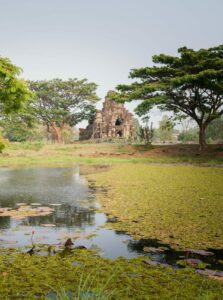
What can one say about Banteay Chhmar, a place that’s often passed by but rarely stopped at ? “The citadel of the cat ” that gives its name to the village, is a little angkorian jewel hidden far away from official roads, and the trail that leads to it is still secret. On one hand, it’s a shame, and on the other, it’s also a blessing. It’s certainly a strange state of affairs, because as soon as you get there, everything invites you to stay for a while. Accompanied by the 800-year old temple at the backdrop of Banteay Chhmar, one can drink Angkor beer and munch on crunchy grilled frogs or crickets. But with the temple being so far away from Angkor yet so close to the Thai border, it became a more common and easier target of looting. At the end of the nineties, Banteay Chhmar and its temple, until then unknown, often made headlines because of the countless lootings.
Heart-wrenchingly, Banteay Chhmar temple thieves were also its guardians. They were under the command of Bangkok’s key merchants, and these criminal gangs are still active today. Banteay Chhmar is a forgotten temple in the heart of a little-known village, in a region deliberately ignored by the authorities and where any idea of development seems to be consistent with pre-angkorian myths. Again, on the one hand it’s a shame, and on the other a blessing. We could say that this is the real, authentic Cambodia, with its resourcefulness and ‘get by however you can’ mindset. It’s what tourists look for but never really find. With this in mind, what scruples would the temple guardians have had, when they only received their pay once a year and even then a fraction of what they were owed?
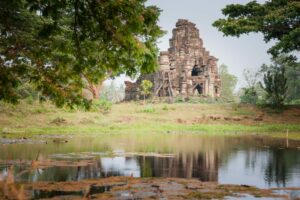
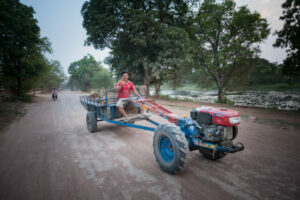
Last autumn, the path from Sisophon (the closest large town) to Banteay Chhmar was widened, compacted, and improved in every way. A journey that used to take no less than an hour and a half (three during rainy season, when cars would slide and skid in the mud) can now be done in 30 minutes. And what about electricity ? All in good time. In Banteay Chhmar, quite a few residents make a living from powering batteries for generators. Customers meet them at the market, leave their batteries with them overnight, and return the next day with a fully powered battery under their arm. They can now light their homes and watch boxing matches on TV, or silly soap operas produced in the air-conditioned studios of Phnom Penh.
What part does the temple play in all this ? The citadel of the cat remains untouched by the modern world. It’s actually the luckiest temple in Cambodia, where you can truly and happily lose yourself among the stones, just you and them, something you can’t do at Angkor. Try imitating the ancient apsaras hidden under kilometers of centuries-old frangipani roots in their tireless absorption of the venerable glory of the Khmer kingdom : a vast rockslide of laterite stones where one can just about make out, without really recognising him, the mythical sovereign figure of Jayavarman VII, the founder of Angkor Vat. The temple sleeps in the heart of the forest, surrounded by a silence broken only by the sound of a hesitant step on dried leaves and the monotonous chant of the monks in the neighbouring pagoda. There’s no doubt about it : Banteay Chhmar is where you need to go to truly understand to what point « the Khmer people are eternal ».
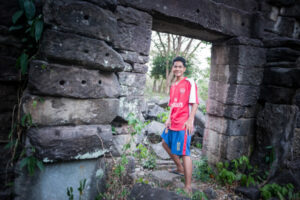
The Banteay Chhmar temple was probably the last monument put up by Jayavarman VII and was built with sandstone, limonite, and laterite stone at the end of the 12th century. It was dedicated to the Boddhisattva of mercy, Lokesvara (“to be destined to enlightenment ” in the world of buddhism). It takes up just under 10 square kilometers and is surrounded by wide moats around sixty meters long, which are dry 6 months of the year. Its four-sided towers that resemble those of Bayon, the most prestigious and captivating temple in Angkor, are one of its peculiarities. It also features splendid bas-reliefs depicting battle scenes, demons, and animals of various kinds. The director Jean-Jacques Annaud filmed here a number of scenes in his 2004 film Two brothers.
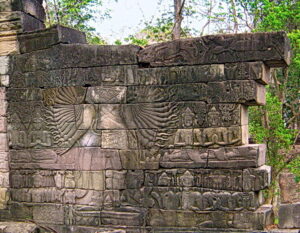
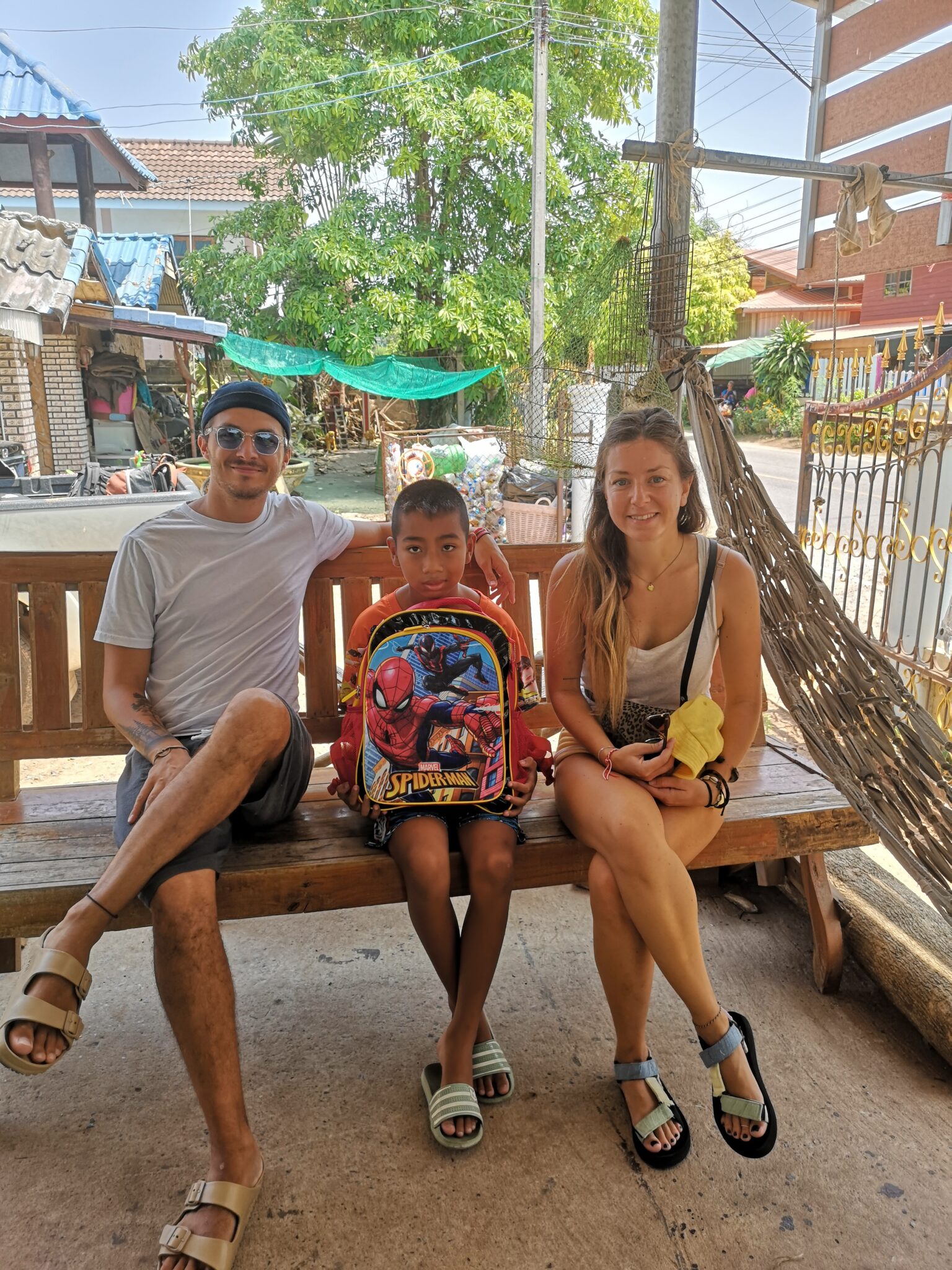
Marine is sponsoring Janyawan (Hom), a little boy from Thailand. During her trip to Thailand, she visited him at his school…
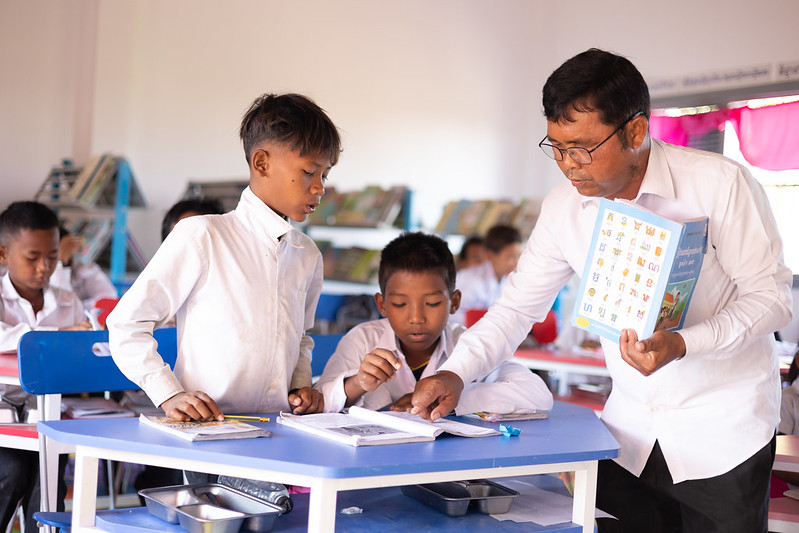
Southeast Asia’s captivating diversity and natural beauty are juxtaposed with entrenched socio-economic challenges. Poverty, high infant mortality, and limited access to education plague the […]
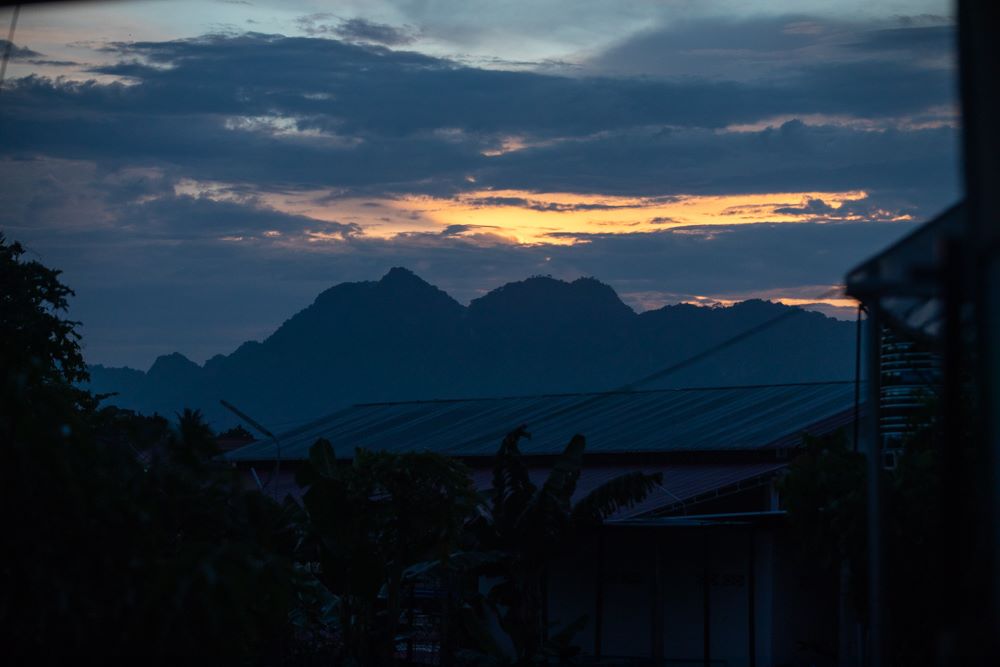
The village of Huay Duea in Laos is located 70 kilometres north of Vientiane.
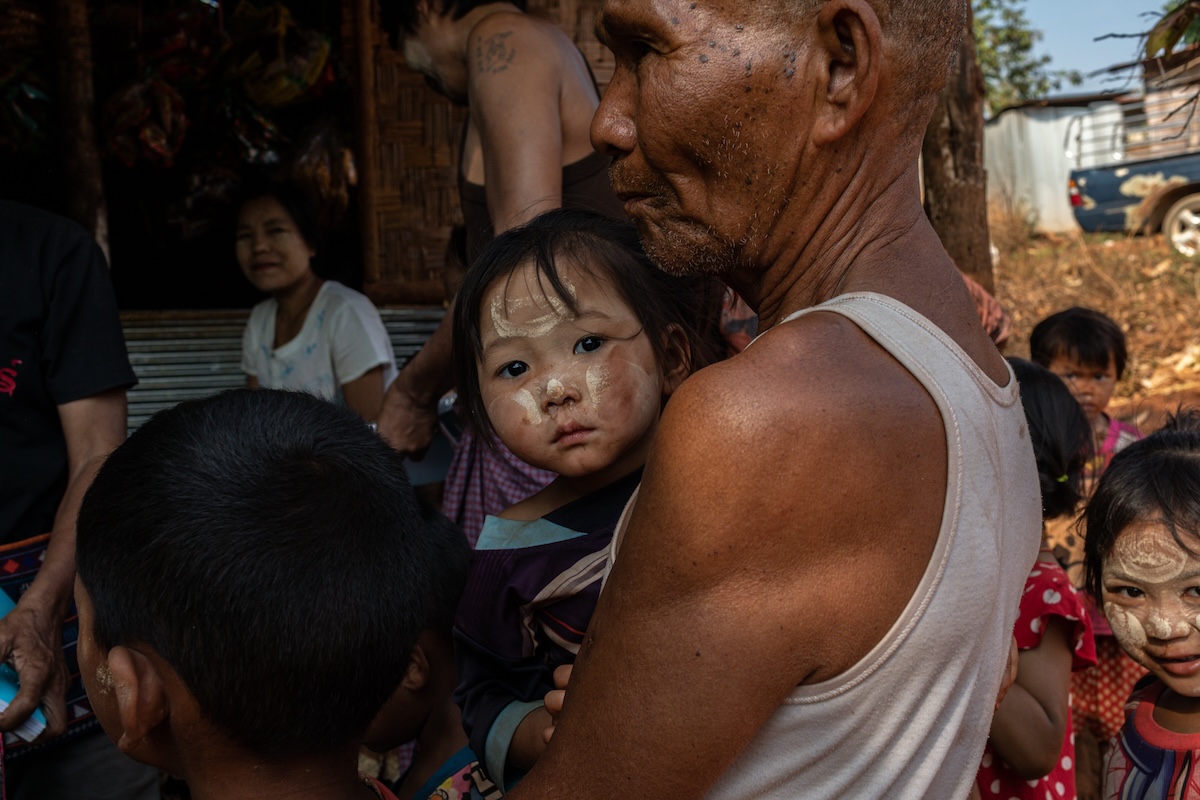
The new anti-migration policy in Thailand and the civil war in Myanmar have thrown the border area into turmoil. Faced with the horror from […]
Learn more about our privacy policy here.
